Olive Oil Regions
Learn more about what types there are, what varieties are grown and where.
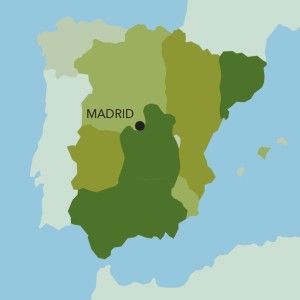
Spain
- Coverage/Geography: Total hectares (2013 est.) = 2,584,459
- Major regions: Andalusia (60%), Castilla-La Mancha (15%), Catalonia (4.49%)
- Common varieties: Hojiblanca, Picual, Arbequina, Cornicabra
- 2012/13 Production: 616,300 tonnes
- 2012/13 Consumption: 513,000 tonnes
- Interesting facts: Spain is the largest producer of olive oil in the world and has over 300 million trees planted.
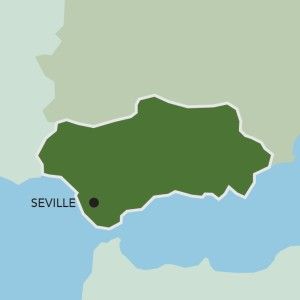
Spain: Andalusia
- Coverage/Geography: Total hectares (2013 est.) = 1,554,771
- Major regions: Jaén, Córdoba, Granada, Malaga
- Common varieties: Hojiblanca, Picual, Picudo, Lechin, Verdial
- 2012/13 Production: 476,224 tonnes
- Interesting facts: 814 olive oil mills produced over 77% of Spain’s total production volume (2012-2013).
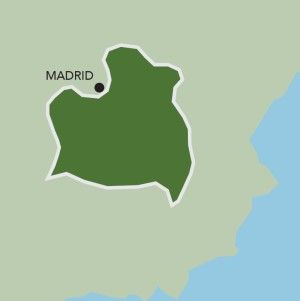
Spain: Castile – La Mancha
- Coverage/Geography: Total hectares (2013 est.) = 406,751
- Major regions: Toledo, Guadalajara, Valdepeñas, Ciudad Real
- Common varieties: Cornicabra, Picual
- 2012/13 Production: 42,930 tonnes
- Interesting facts: Toledo was the capital of Castile, then unified Spain and then of the Spanish Empire until the 16th century.
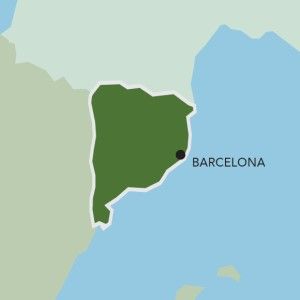
Spain: Catalonia
- Coverage/Geography: Total hectares (2013 est.) = 116,044
- Major regions: Barcelona, Girona, Tarragona, Tortosa, Lleida
- Common varieties: Arbequina, Empeltre, Verdial, Farga
- 2012/13 Production: 27,723 tonnes
- Interesting facts: The famous arbequina variety was brought to Catalonia from Mallorca after the island was conquered by the Moors.
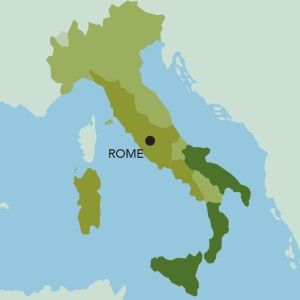
Italy
- Coverage/Geography: Total hectares (2013 est.) = 1,144,442
- Major regions: Puglia (37%), Sicily (10%), Calabria (28%)
- Common varieties: Coratina, Leccino, Nocellara, Frantoio
- 2012/13 Production: 415,500 tonnes
- 2012/13 Consumption: 590,000 tonnes
- Interesting facts: Italy is one of the world’s largest importers of olive oil.
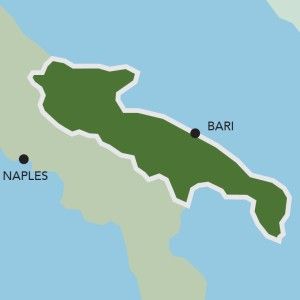
Italy: Puglia
- Coverage/Geography: Total hectares (2013 est.) = 375,000
- Major regions: Foggia, Andria, Lecce, Bari, Salento
- Common varieties: Coratina, Ogliarola Barese, Leccino, Frantoio
- 2012/13 Production: 190,160 tonnes
- Interesting facts: Puglia has five PDO regions recognised at EU level: Dauno, Terra di Bari, Collina di Brindisi, Terra d’Otranto, Terre Tarentine.
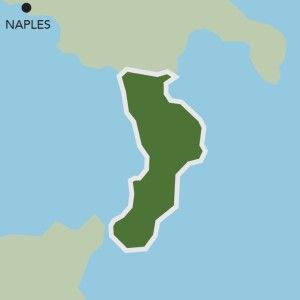
Italy: Calabria
- Coverage/Geography: Total hectares (2013 est.) = 183,759
- Major regions: Catanzaro, Cosenza
- Common varieties: Coratina, Leccino, Frantoio, Tondina, Moresca, Carolea
- 2012/13 Production: 142,326 tonnes
- Interesting facts: Greek colonists landed on this coast around 7th century BC; it is possible to see a monumental olive tree near Cosenza called “u’tata ‘rannu” (“the big father”) a centuries old tree which seems to come from the Greek era.
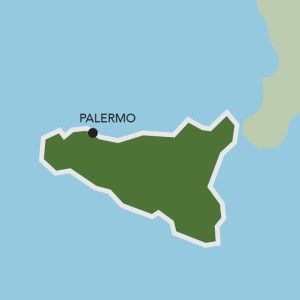
Italy: Sicily
- Coverage/Geography: Total hectares (2013 est.) = 160,303
- Major regions: Palermo, Trapani, Catania, Ragusa, Messina
- Common varieties: Nocellara Etnea, Tonda Iblea, Moresca, Biancolilla
- 2012/13 Production: 48,850 tonnes
- Interesting facts: Sicily includes six PDO regions: Val di Mazara, Valdemone, Valle del Belice, Valli Trapanesi, Monte Etna, Monti Iblei.
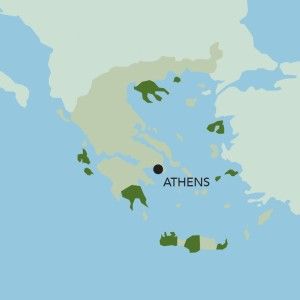
Greece
- Coverage/Geography: Total hectares (2013 est.) = 1,100,000
- Major regions: Peloponnisos, Hlkidiki Peninsula, Crete, Delphi
- Common varieties: Koroneiki, Mastoidis, Megaritiki, Kalamon
- 2012/13 Production: 360,000 tonnes
- 2012/13 Consumption: 200,000 tonnes
- Interesting facts: Famed for PDO Kalamata that is most commonly made from Koroneiki olive oil.
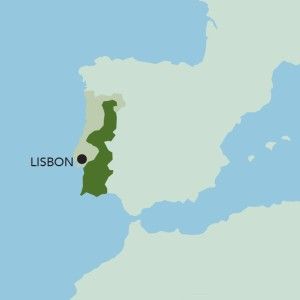
Portugal
- Coverage/Geography: Total hectares (2013 est.) = 346,778
- Major regions: Castro Verde, Estrela, Portalagre, Mirandela
- Common varieties: Cordovil de Serpa, Verdeal Alentejana, Lentisca, Galega Vulgar
- 2012/13 Production: 59,100 tonnes
- 2012/13 Consumption: 74,000 tonnes
- Interesting facts: Inland dam projects have allowed Portuguese olive production to grow rapidly in recent years.
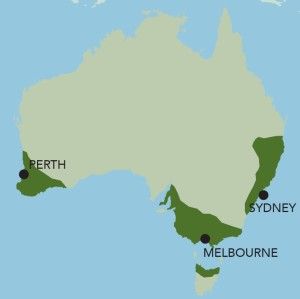
Australia
- Coverage/Geography: Total hectares (2013 est.) = 30,000
- Major regions: South-Eastern Australia (Victoria, South Australia), South-Western Australia, Hunter Valley, South Queensland
- Common varieties: Arbequina, Barnea, Coratina, Koroneiki, Leccino, Frantoio, others
- 2012/13 Production: 10,000 tonnes
- 2012/13 Consumption: 36,000 tonnes
- Interesting facts: Over 70% of olive trees in Australia are concentrated in ~20 large groves.

United States of America
- Coverage/Geography: Total hectares (2013 est.) = 12,171
- Major regions: California
- Common varieties: Manazillo, Arbosana, Arbequina, Sevillano, Mission
- 2012/13 Production: 10,000 tonnes
- 2012/13 Consumption: 293,000 tonnes
- Interesting facts: The Mission olive has been included in the Ark of Taste, an international catalogue of endangered heritage foods maintained by the Slow Food movement.
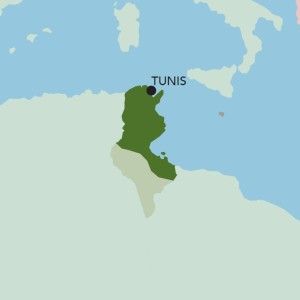
Tunisia
- Coverage/Geography: Total hectares (2013 est.) = 1,704,000
- Major regions: Sfax, Sahel, Korba, Gabes
- Common varieties: Mission, Chetoui, Chemchali, Jerobui
- 2012/13 Production: 220,000 tonnes
- 2012/13 Consumption: 40,000 tonnes
- Interesting facts: Excavations at Sbeitla and Thysdrus, and mosaics discovered in Sousse show a widespread culture of olive trees throughout Tunisian history.
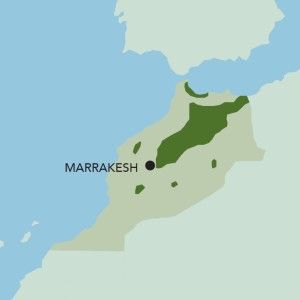
Morocco
- Coverage/Geography: Total hectares (2013 est.) = 940,000
- Major regions: Marrakesh, Meknés, Taza, Tetouan
- Common varieties: Picholine, Marocaine, Meslala, Menara
- 2012/13 Production: 100,000 tonnes
- 2012/13 Consumption: 129,000 tonnes
- Interesting facts: Evidence reveals that olive cultivating dates back to Phoenican and Roman times.
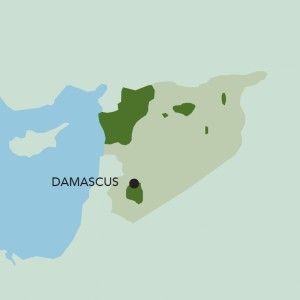
Syria
- Coverage/Geography: Total hectares (2013 est.) = 650,000
- Major regions: Aleppo, Idlib, Lattakia, Tartous
- Common varieties: Sorani, Khoderi, Zaity, Doebli
- 2012/13 Production: 198,000 tonnes
- 2012/13 Consumption: 135,500 tonnes
- Interesting facts: The olive is suggested as having been first a native of the lands of greater Syria (nearly six thousand years ago) before spreading to the rest of the Mediterranean basin.
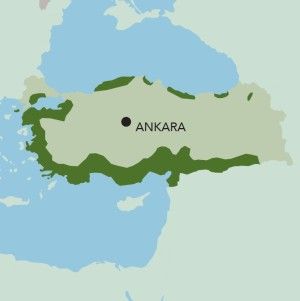
Turkey
- Coverage/Geography: Total hectares (2013 est.) = 799,000
- Major regions: Izmir, Balikesir, Aydin, Adana
- Common varieties: Ayvalik, Cakir, Domat, Memeli, Uslu, Izmir Sofralik, Erkence, Gemlik, Memecik
- 2012/13 Production: 195,000 tonnes
- 2012/13 Consumption: 160,000 tonnes
- Interesting facts: The 649th edition of the historical Kirkpinar oil wrestlings took place in 2010. On the first day, about 500kg of olive oil was used to cover the wrestlers’ bodies.
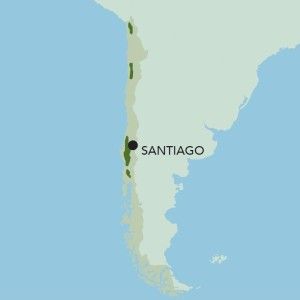
Chile
- Coverage/Geography: Total hectares (2013 est.) = 25,000
- Major regions: Conquimbo, Concepión, Santiago
- Common varieties: Manazilla, Arbosana, Arbequina, Picual, Coratina, Frantoio, Leccino
- 2012/13 Production: 28,000 tonnes
- 2012/13 Consumption: 19,000 tonnes
- Interesting facts: Olive growing is a recent trend in Chile, despite the influence of Spanish colonisation, which favoured the growing of grape vines over olive trees.
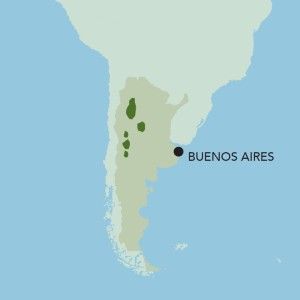
Argentina
- Coverage/Geography: Total hectares (2013 est.) = 95,000
- Major regions: San Juan, La Rioja, Catamarca, San Rafael
- Common varieties: Arbequina, Barnea, Coratina, Frantoio, Manzanilla, Picual
- 2012/13 Production: 17,000 tonnes
- 2012/13 Consumption: 6,000 tonnes
- Interesting facts: Over half a dozen festivals are associated with olive production across the country, although it is a relatively new producer.